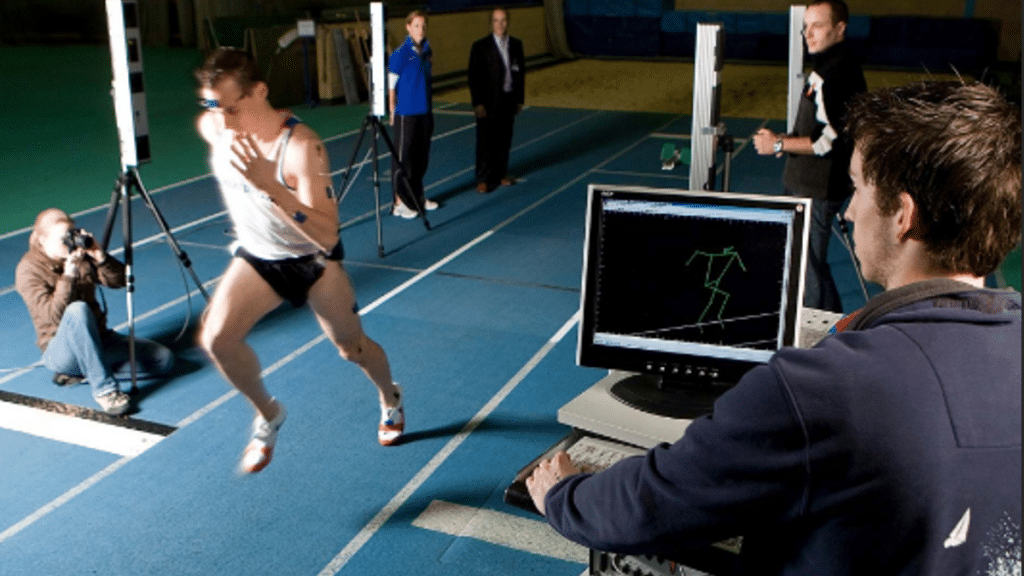In today’s rapidly evolving digital era, technology has seamlessly integrated into nearly every aspect of our lives, including the sports industry. This transformation has been particularly accelerated by global events like the coronavirus pandemic, which pushed many traditional activities into the online realm. For instance, during this time, online competitions became a necessity, allowing sports like chess to thrive in virtual environments. The same technological advancements that have enabled these shifts also support platforms like https://rg.org, where enthusiasts can engage with sports in new and interactive ways. Now, let’s explore six key examples of how technology and sports are collaborating in this exciting new era.
Online competitions
In times of pandemic in the sports industry, online competitions in various sports began to be organised.
The clear leader here was chess. They were relatively easy to integrate during the difficult times of the pandemic when many competitions in 2020 were postponed or simply cancelled. Chess has moved into a virtual environment using digital platforms and online resources. The pinnacle of chess’s digital transformation was the first World Chess Olympiad online in the summer of 2020. The participants were teams from 163 countries. In fact, it was a “digital twin” of the World Chess Olympiad, which the International Chess Federation FIDE could not hold “live” at that time.
Now, we are used to saying that many chess competitions are held online. Chess has not lost its sponsors and TV audience, but on the contrary, it has only increased its economic and commercial potential.
Online workouts
In 2020, when there were a lot of restrictions due to the pandemic, online workouts emerged to give athletes something to keep and maintain their shape. And this was not only in the professional sports industry, but also in the fitness industry. It was an unusual phenomenon, largely due to new technologies.
Of course, after the end of the pandemic in professional sports, a lot of things will return to normal, but I think online training will stay in the fitness industry forever. It’s great when a client living, for example, in Kostroma, can train online in a Moscow fitness club, purchasing an individual training session from a reputable fitness trainer. Two years ago, this was unimaginable. But now it is a reality – largely thanks to new technologies.
Video replays and other technologies to fix the result
We have become accustomed to numerous video replays in controversial situations where technology helps referees. In athletics and swimming, technology can help determine false starts and objectively resolve disputes at the finish line. In tennis, it can determine if the ball has been hit into the court when umpires are unsure of themselves. In fact, these examples have already become the norm in officiating practice.
VAR system
Conservative soccer held on to the last, but still from 2019 international soccer organizations FIFA and UEFA began to universally implement the VAR system, that is, video replays of controversial moments and situations. There is certainly more order in soccer, although many people are not very happy with this technological innovation.
Tools for communication and fan engagement
Professional clubs implement technological tools for regular and constant communication and work with fans. Without a modern CRM system, it is very difficult to maintain communication with fans and increase their target audience.
Virtual worlds and digital technologies
Certain sports in general exist today exclusively in the virtual world and in the format of digital technologies. This is primarily true of cybersports, which is now developing very actively, growing its target audience and attracting the interest of business and media. But perhaps it is better to talk about this unique phenomenon of the sports industry separately.
